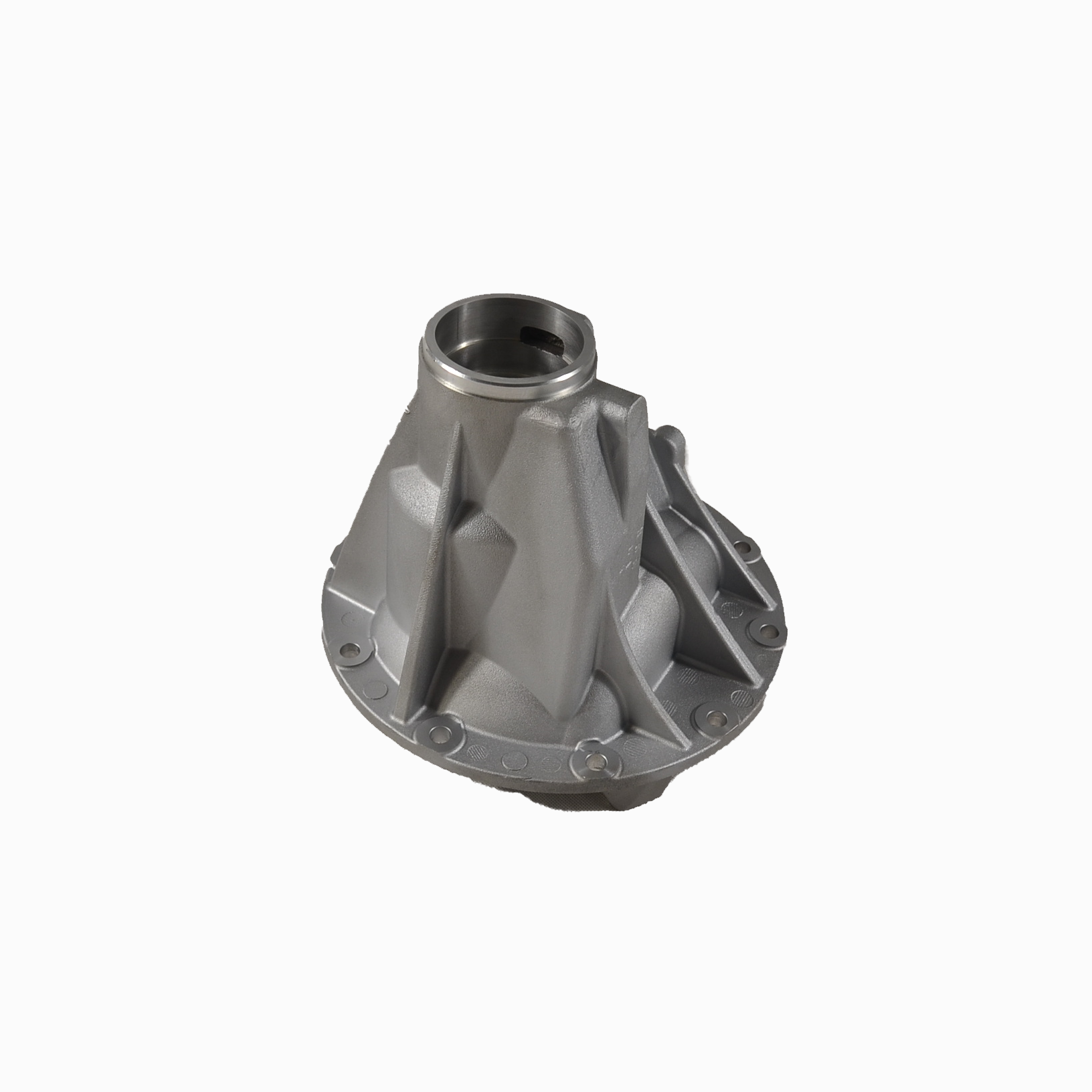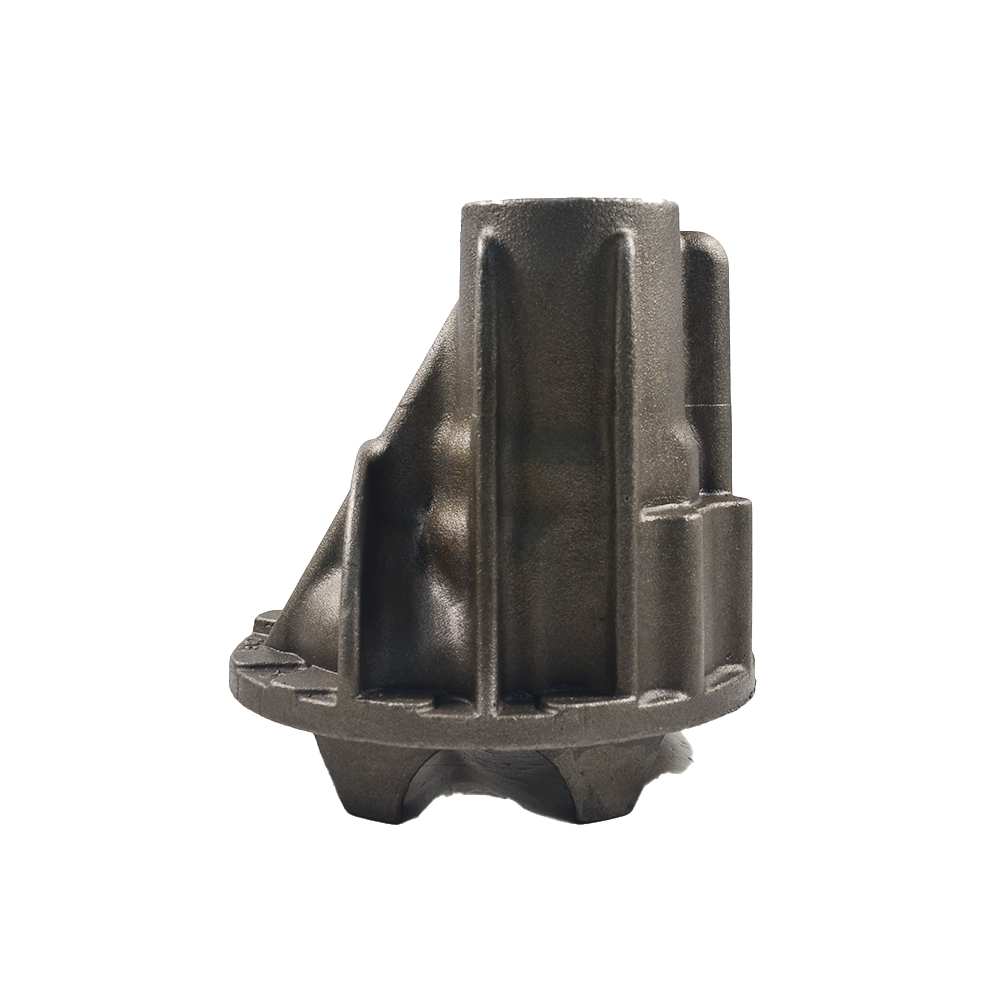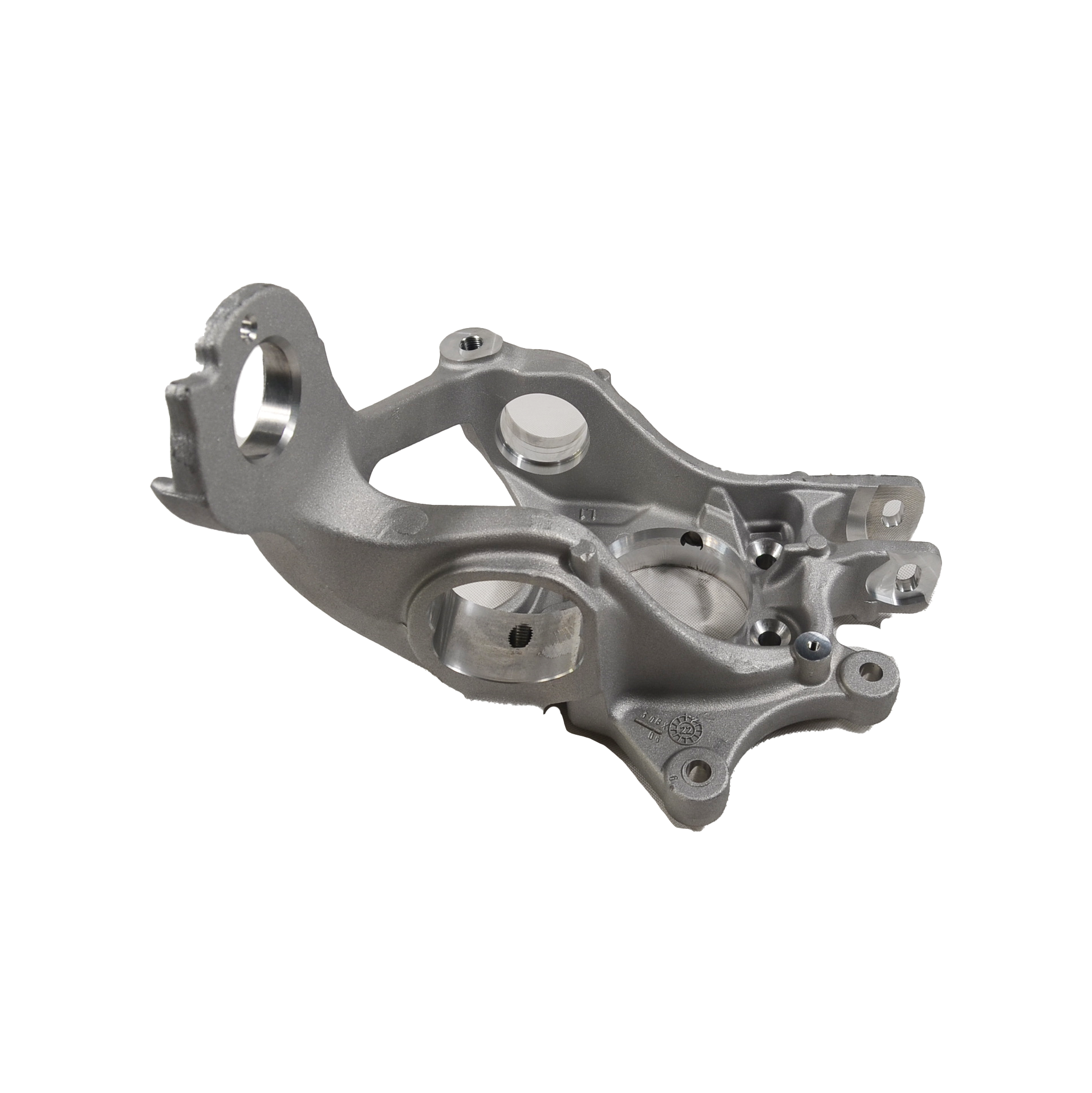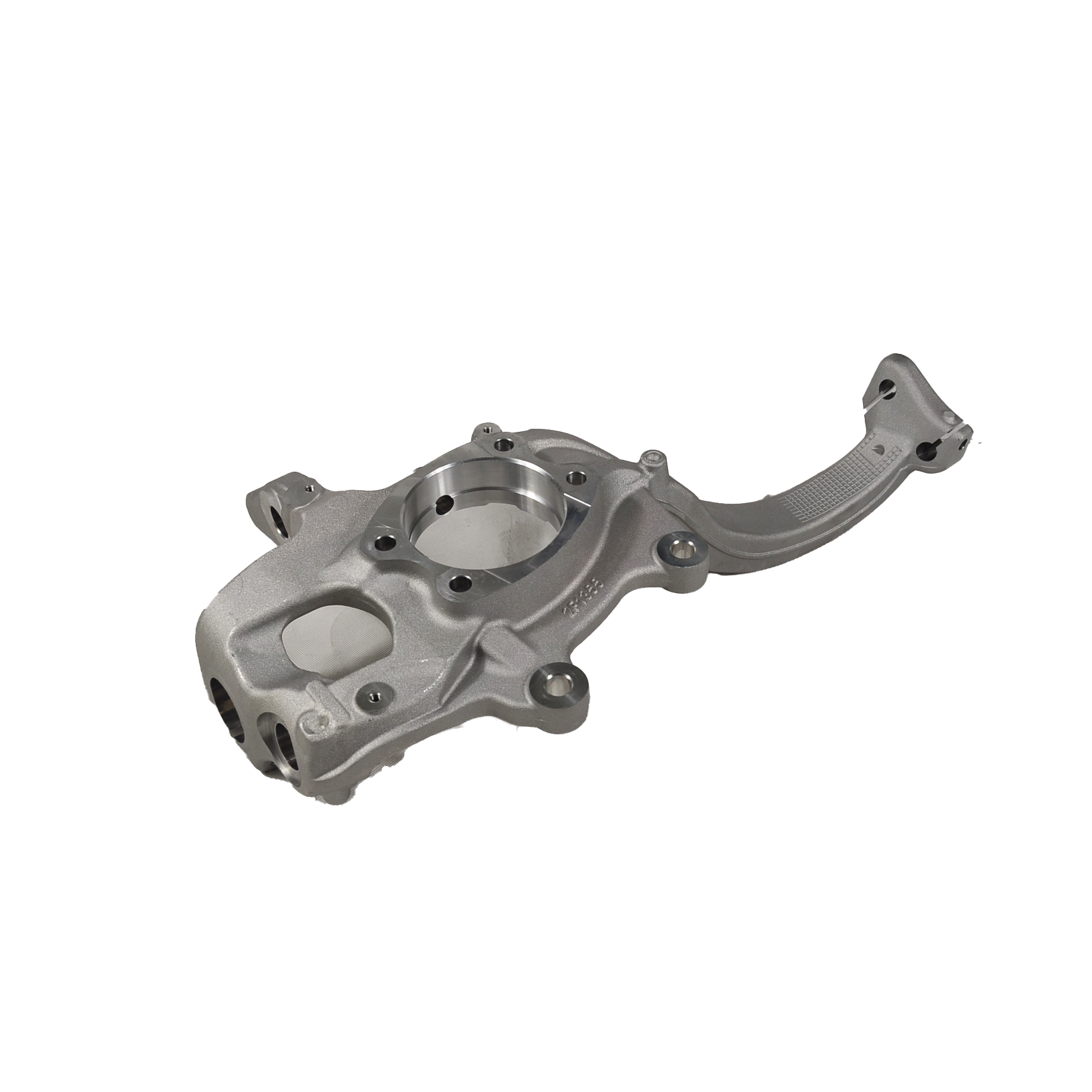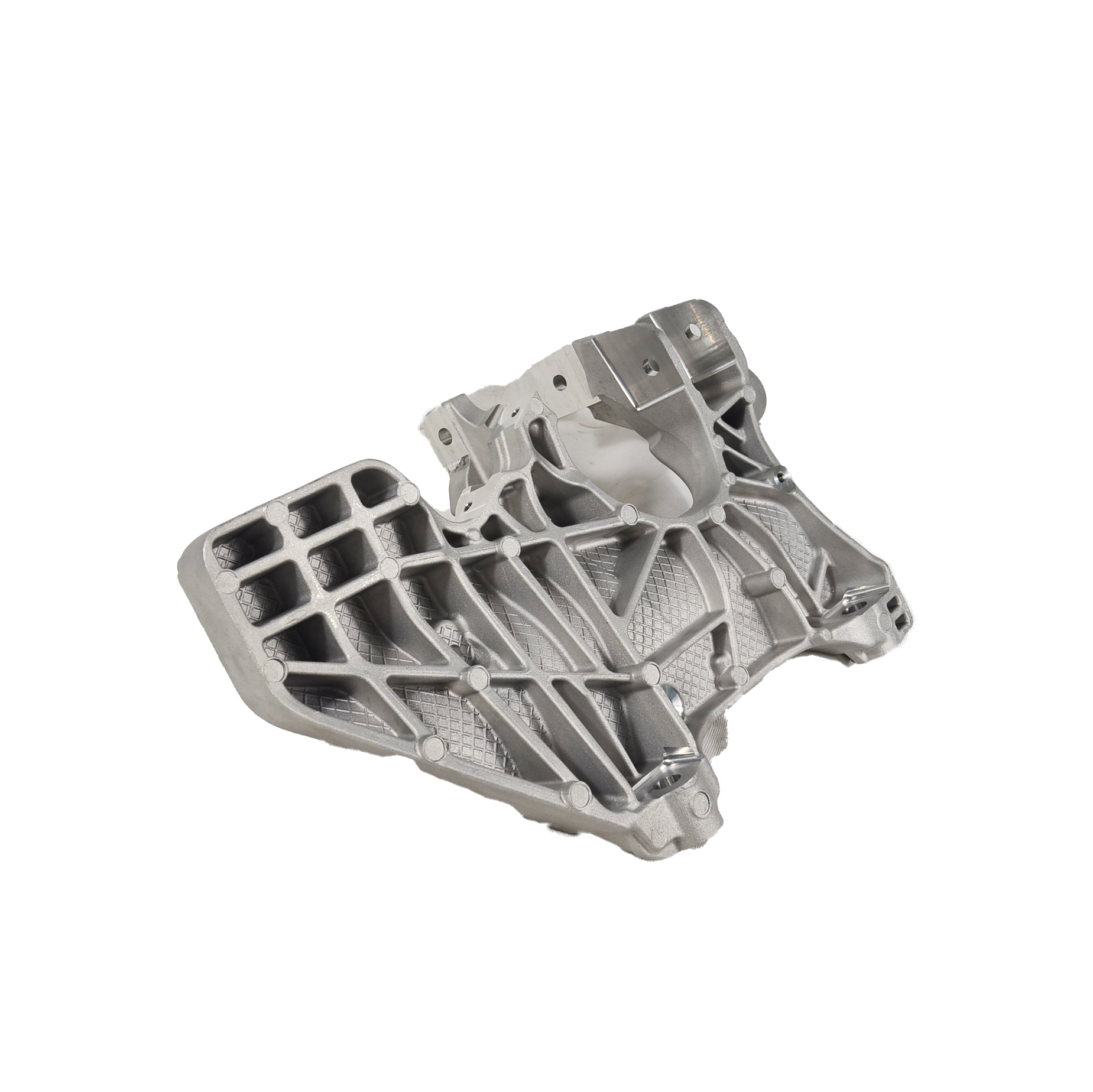Last week we introduced lightweighting in the automotive industry and emphasized the benefit of lightweighting.
With the release of Made in China 2025, automotive lightweighting has been elevated to a national strategy. 2019, the 13th Automotive Lightweighting Conference, organized by the China Automotive Engineering Association, defines lightweighting as a way to improve the economy and power of the vehicle and reduce exhaust pollution by reducing its weight while maintaining safety, stability, and comfort of the vehicle design method.
Automotive lightweighting is mainly achieved through structural optimization and design, the use of lightweight materials and the application of advanced manufacturing processes and their cross-application, and the technical research and development of automotive lightweighting is also carried out around these directions, and there are currently three main automotive lightweighting technical means: the application of automotive lightweighting materials, automotive lightweighting design and automotive lightweighting manufacturing processes.
Electric vehicles have three main advantages: they are environmentally friendly, economical, and simple. This is particularly evident in purely electric vehicles: instead of a fuel engine, an electric motor drives the vehicle without the need for an automatic gearbox. Compared to automatic transmissions, electric motors are simple, technically mature, and reliable.
From 2017 to 2020, the number of installed new energy vehicle drive motors in China rises from 874,000 units to 1,161,000 units, an increase of 84.3%. China Business Industry Research Institute expects that the number of installed new energy vehicle drive motors in China will reach 1.85 million units in 2021 and 2.051 million units in 2022.
Under the great environmental and political pressure from society and government, traditional car companies are not only working on the lightweighting of fuel automobiles but also the lightweighting of electric vehicles. Tianhe Casting Group has co-developed two gear reducer housings for two different kinds of vehicles: commercial trucks and electric cars. There is no comparison between the truck reducer and electric car reducer but we can see an interesting difference is the weight. The iron reducer housing weights more than 4.5kg while the other aluminium alloy reducer housing is merely 2.5kg. According to sources, with 10% reduction in electric car weight, the endurance of the mileage will increase 5%-6%.
At present, the manufacturing industry in China is moving from a large number of manual operations to automated and information-based intelligent manufacturing.
All walks of life and various manufacturing and processing methods are studying how to automate further and informatize.
Metal processing machine tools have fully entered the CNC era, and information technology has been fully integrated into the traditional machine tool industry, which has greatly improved the processing accuracy, processing speed and processing flexibility of current CNC machine tools.
On the other hand, with the development of industrial robots, the introduction of industrial robots into the field of machining, through the perfect combination of robots and CNC machine tools, it is not only possible but also realistic to realize automation and informatization of machining.
Post time: Jul-14-2022

